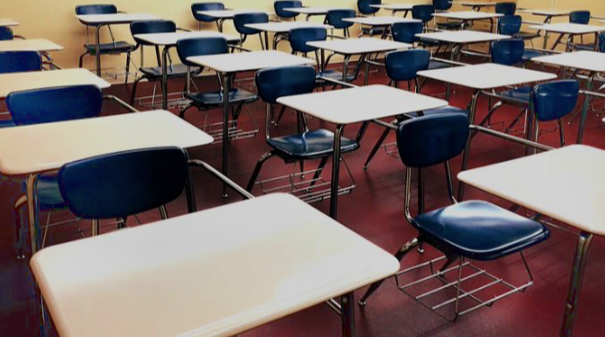As a parent and advocate, I want access to the evaluations for my child’s instructors. It’s time to open up the mystery door of what is behind the only left unknown variable of teaching.
Cases have been filed here in California in the past but have failed to get us the results we need. For example, Vergara v. California was a lawsuit that was filed in May of 2012 challenging the validity of teacher tenure. Specifically, the case alleged that state’s tenure laws violate students’ constitutional rights to equal protection. That case was thrown out of the courts, but we are seeing a sharp rise in demands for accountability in our schools. It’s time to have a serious conversation about tenure and how it is hurting our kids and our schools.
Did you know that once a teacher in California gets tenure, which is typically after three years, they are so well protected that it makes it nearly impossible to fire bad teachers? The magical state of having tenure is literally a policy that restricts the ability to fire teachers.
In fact, it’s ridiculously difficult to even discipline teachers. It’s as if they gain an impenetrable shield to accountability. The tenured teacher also receives fewer evaluations and can go up to five years without an evaluation. Do I have to tell you how much damage one person can do in five years? That is a whole generation of kids.
I have reported on teachers who do some pretty awful things to kids. We hear about abuse from teachers on the news almost daily. We know that policies such as “passing the trash” exist, but we, as parents, have done nothing to demand that our teachers be held accountable. With the level of accountability that teachers and legislators are demanding of others, I think it’s time we demand something of them. Let’s see those evaluations!
Having access to teacher evaluations would allow parents to see the effectiveness of the teacher and whether the teacher has a satisfactory or unsatisfactory performance. In general terms, teacher evaluation refers to the formal process a school (usually the principal) uses to review and rate teachers’ performance and effectiveness in the classroom. To date, in California, the findings from these evaluations are used to provide feedback to teachers and guide their professional development.
Teachers with unsatisfactory performances are given opportunities to improve and offered training and mentors. What I have also seen happen in many cases is the evaluations used to determine teacher placement. Often the effective teachers are given preferential treatment and get the “good” placements, while the low performing teachers are placed in the lowest
Parents, it’s time to challenge teacher tenure. Let’s, as they say, “open the books to the light of day” for full disclosure and clarity. We need to know who these people really are that we entrust our children to for so many hours per week. We have a dashboard that tells us about our kids and the schools they attend. We need the dashboard to include a teacher rating based on their evaluations and student test scores.
Leticia Chavez-Garcia
Latest posts by Leticia Chavez-Garcia (see all)
- Claudia Sheinbaum: Mexico’s First Woman President - June 3, 2024
- Unpacking the Racist Attack by Labor Leader Brigette Browning - May 7, 2024
- Student Vaccine Mandate in California Scaling Back - June 10, 2022
- Siga estos 5 pasos para solicitar un Permiso de Maestro Suplente en California - May 24, 2022
- Early Childhood Special Education Teachers: The Burnout Crisis - May 24, 2022

